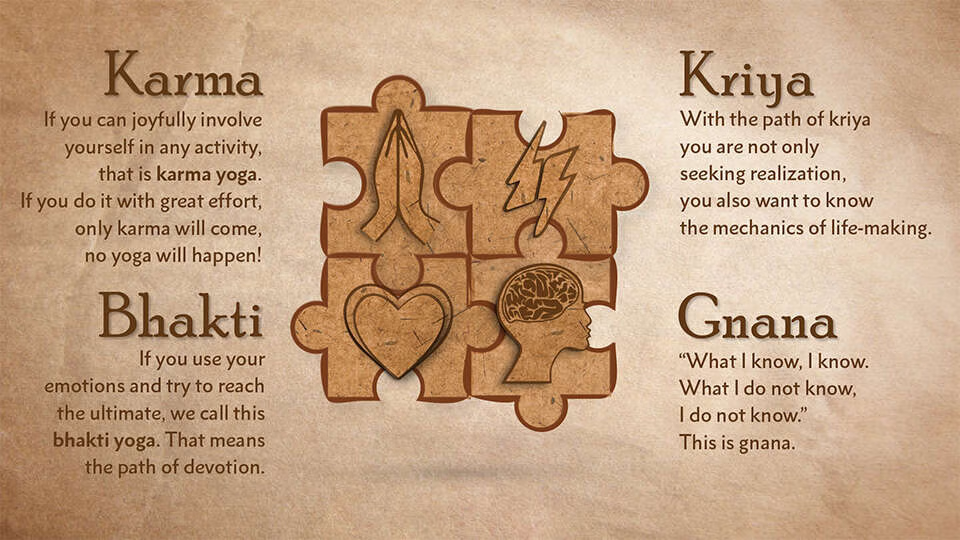Yoga sans movements
To be clear, my use of “movements” above is a reference to the postures/asanas that are so overwhelmingly associated with yoga today. While I do appreciate the occasional sweat dripping flow at my local studio just as much as the next person, it often leaves me wanting more. More depth, more connection, more presence. From here, it’s my personal practice that carries me forward to satiate all of these cravings.
A practice that consists of paying attention. Paying attention to my movements on the mat, yes, but more importantly paying attention to how I’m moving off of it. How I’m connecting with myself and with others. The energy I bring into a space - am I leaving people and places better than I found them? Checking in with the why and the how of what I’m doing more often than not. Connecting to truth in a way that can be hard and off-putting for the ego while staying soft enough to honor it’s place and value in the process of becoming.
As you’ve probably heard over and over again by now, yoga is a union of mind, body, energy, and emotion. There are four paths of yoga dedicated to each of these aspects - gnana (intelligence), karma (action), kriya (internal action), and bhakti (devotion). Each one of us uses a combination of these four paths, to varying degrees. While there is no ideal proportion of how much of each we should aspire to (these are unique to you), the union happens when all four aspects are working together in alignment. The suffering and lack of ease we experience in our lives usually is a byproduct of some sort of misalignment. For example, when your emotions and your intelligence are at odds; or your actions are not being supported by the subtle intelligence of your energetic body. When there is alignment of these, there is flow and life just seems to unfold with an undertone of magic.
Image from isha.sadhguru.org
All this to say, one can experience yoga (union) without ever stepping onto a yoga mat or doing a single posture. And in that same vein, one could be an avid yoga studio goer and still feel disconnected and out of alignment. The key is to not get caught up in the performance of the movements, but rather feel into them to cultivate greater presence of yourself, with yourself, for yourself.
Some tips for a richer personal asana practice:
No mirrors: it doesn’t matter what the pose looks like, pay attention what you’re feeling instead
No music: connect instead with your natural rhythm and pace, let it lead the way
Take it outside: surround yourself with nature and let it breathe life into you
